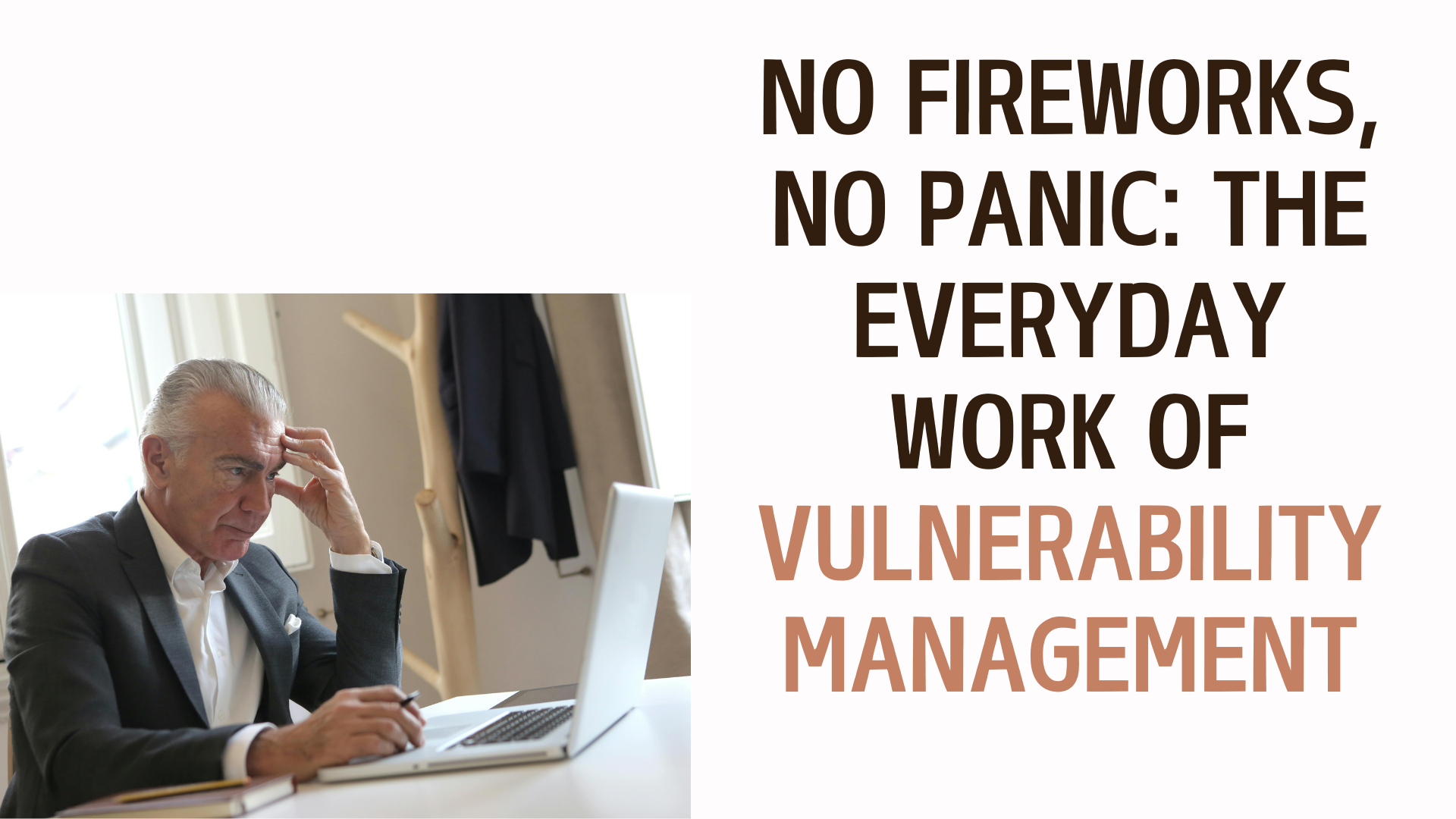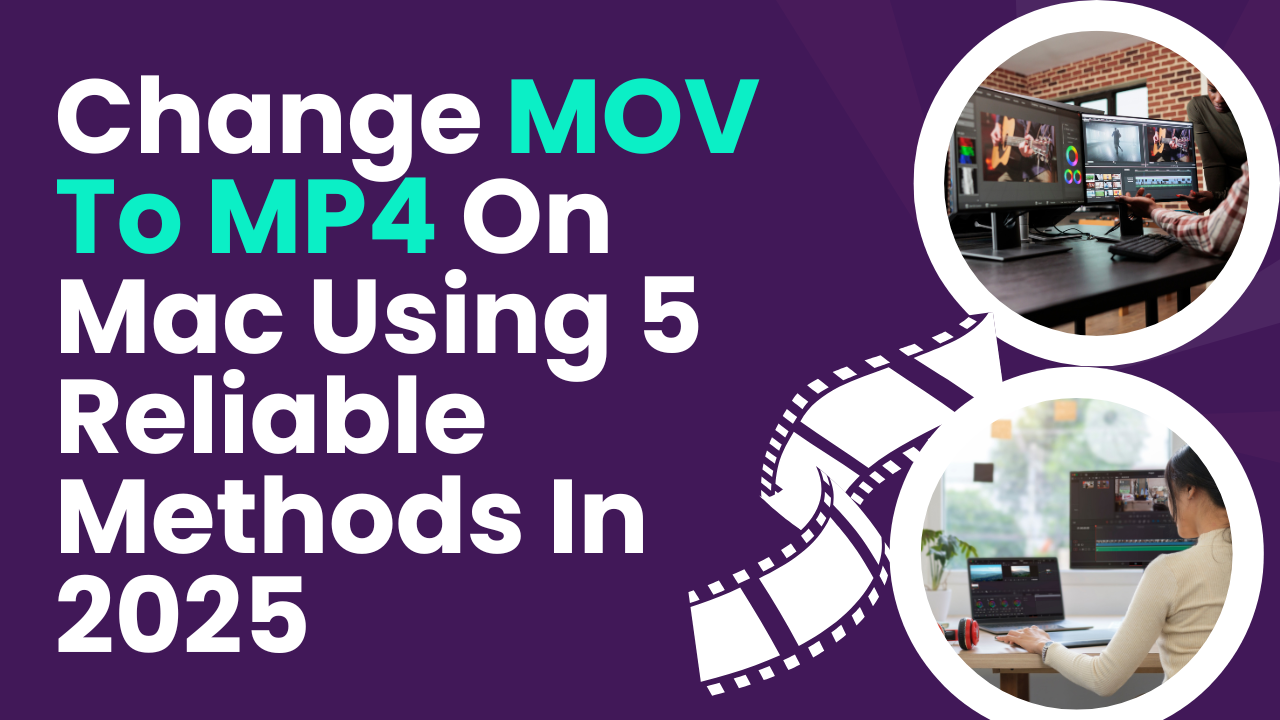It’s a quiet sort of thing, the work of keeping a system safe. It doesn’t look like much from the outside. Nobody cheers when a patch is applied on time or when a weak credential is caught before it’s used. The real story of strong cybersecurity isn’t about stopping a dramatic breach in progress. It’s about making sure the breach never gets started in the first place.
When people first ask what is vulnerability management, they usually expect something more exciting. The phrase sounds technical, maybe even a little glamorous, like a secretive role in a movie script. In practice, it’s anything but. Vulnerability management is the methodical process of finding weak points in your systems — then doing something about them. It involves scanning for threats, reviewing logs, prioritising risks, applying patches, and confirming that changes took effect. It’s part detective work, part admin. But it’s the kind of admin that prevents multimillion-dollar disasters. And the value becomes clearer when you look at the reviews from organisations that stick with it: fewer breaches, fewer urgent scrambles, more predictability.
Where Routine Becomes Resilience
If you do it properly, vulnerability management becomes quite mundane. That’s the point. It shifts from being a once-a-year scramble to a rhythm. You know what’s in your environment. You check it often. You sort the critical flaws from the noise. You fix what matters. Then you do it again. It's not reactive. It's maintenance. And like any good maintenance routine, it shows its value by how little drama you end up with.
Most real-world attacks don’t rely on unknown zero-days or genius hackers. They rely on predictability. An old plugin. An unpatched server. A credential that should have been retired months ago. These are boring issues. Which is why they get ignored — until they aren’t. Vulnerability management turns these routine gaps into action items, closing the distance between risk and response.
Why Speed Alone Isn’t the Answer
There’s a temptation to think faster is better. That a good security team is one that scans daily, patches within the hour, runs ten tools instead of two. But volume isn’t the point. Relevance is. If you’re drowning in alerts and half your team is ignoring them, that’s not a process — that’s fatigue.
Real progress in vulnerability management comes from two things: knowing your environment and understanding your priorities. If you don’t know which systems are actually exposed to the internet, or who still has access to old assets, it’s impossible to patch meaningfully. You can’t protect what you can’t see. And you shouldn’t fix what doesn’t matter.
Teaching the Rest of the Business to Care
This is the part no one likes to talk about. You can build the best vulnerability management programme in the world, but if the operations team delays patches for “business reasons,” or the developers see security reviews as blockers, it doesn’t stick. The work has to extend beyond the security team.
Education helps, but so does transparency. If other teams see that a missed update led to a real exploit — or even just downtime — they start to pay attention. Nobody wants to be the weak link. And when vulnerability management becomes part of the planning conversation, not the post-mortem, you know it’s working.
The Long Game
The trick is not to get bored. Or rather, to see boredom as a good sign. A quiet quarter might feel like nothing’s happening. But that’s the result of dozens of small things going right: patches applied, configs cleaned, roles reviewed, risky endpoints retired. Boring is good. It means the ground is solid.
Over time, this kind of discipline builds something that can’t be faked: trust. Not the marketing kind. The internal kind. Trust that your systems are in good order. That your alerts mean something. That when something goes wrong — and it will — you have a record, a process, a way forward. It's also the kind of trust that protects your reputation when social media storms kick off. Because if an incident leaks, people will look. At your response. At your track record. At the tools you use, and how quickly you use them. If you're consistent, you’ll come out of it looking competent, not careless. The more ingrained your habits, the less visible the effort becomes — but the impact compounds.
FAQs
Q: What is vulnerability management, really?
A: It's the consistent process of identifying, prioritising, and addressing security flaws in systems, with the goal of stopping attacks before they happen.
Q: Do I need expensive software to get started?
A: Not always. Some organisations start with basic tools or manual processes. The structure matters more than the brand.
Q: Why is it important?
A: Because most breaches come from known weaknesses — old flaws that were never fixed. Vulnerability management is about not giving those a chance.

















Post Comments